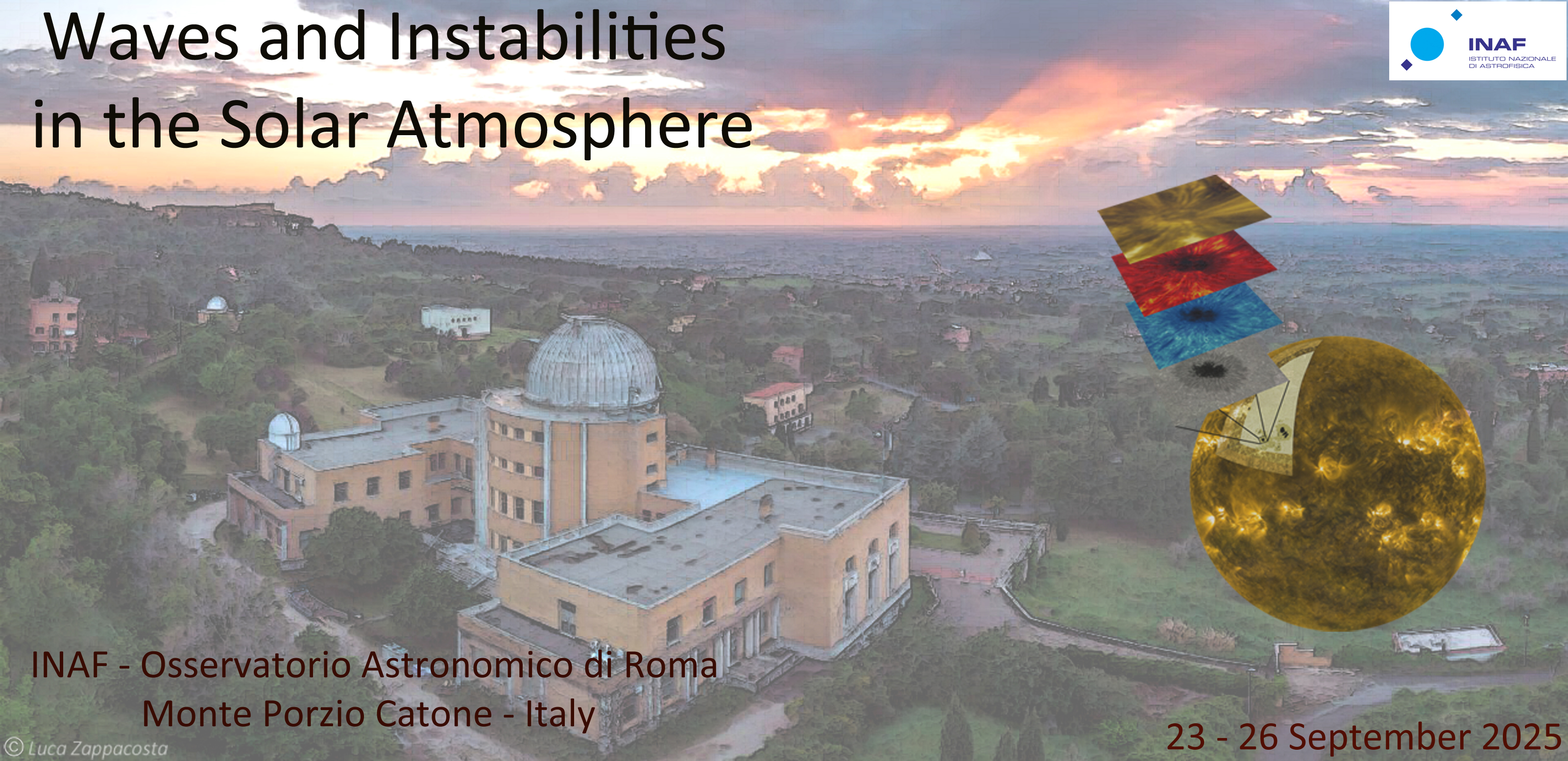Speaker
Description
Prominences are cold and dense structures in the hot and tenuous solar corona and are ubiquitous on the Sun. They possess thermodynamic conditions that vary from chromospheric internally to those of the corona that surrounds them. Even though predominantly in the corona, they connect all the layers in the solar atmosphere and play an important role in the energy transfer between the different layers. There are multiple theories explaining how prominences form [1], and capturing evidence of each of these processes in observations has been notoriously difficult. In this study we focus on the formation via the so-called evaporation-condensation process. This implies heating, localised at the footpoints of the magnetic loop, which leads to an increase in density in the loop and then to radiative cooling. We investigate this process using a new technique to calculate synthetic spectra based on state of the art MHD simulations. We perform a numerical simulation using an open-source, MHD code, MPI-AMRVAC [2,3,4] whose details are described in [5] and where we showed the effects of various localised heating profiles on the characteristics of the newly formed condensation. Now, we create synthetic spectra of the particular moment of plasma condensation - hot, tenuous plasma turning into cold and dense prominence plasma. At the same time, we look at an IRIS observation that shows condensations that appear to be forming in a similar manner to those in the simulation. Using the synthetic spectra created with the non-LTE spectral framework Lightweaver [6] we compare the properties of the spectra we find in the simulation with those from the observation.
[1] Mackay, D. H., Karpen, J. T., Ballester, J. L., Schmieder, B., & Aulanier, G., 2010, Space Sci. Rev., 151, 333
[2] Xia, C., Teunissen, J., El Mellah, I., Chané, E., & Keppens, R. 2018, ApJS, 234, 30
[3] Keppens, R., Teunissen, J., Xia, C., & Porth, O. 2021, Comput. Math. Appl., 81, 316
[4] Keppens, R., Popescu Braileanu, B., Zhou, Y., et al. 2023, A&A, 673, A66
[5] Jercic, V., Jenkins, J. M. , Keppens, R., 2024, A&A, 688, A145
[6] Osborne, C. M. J. & Milić, I., 2021., ApJ, 917(1), 14
| Sessions | Instabilities |
|---|

